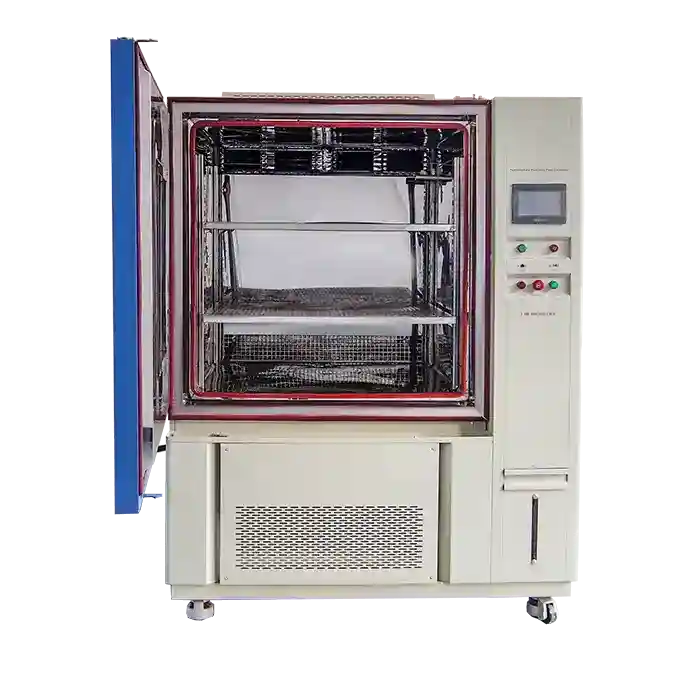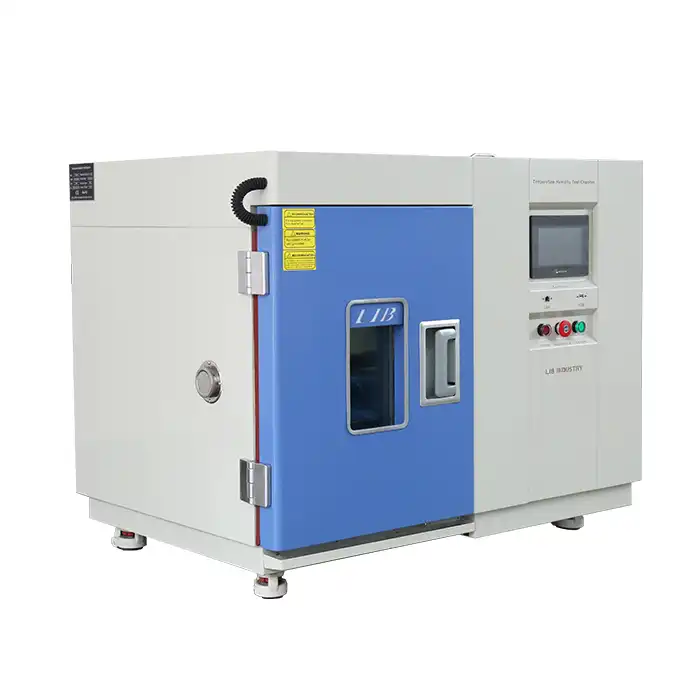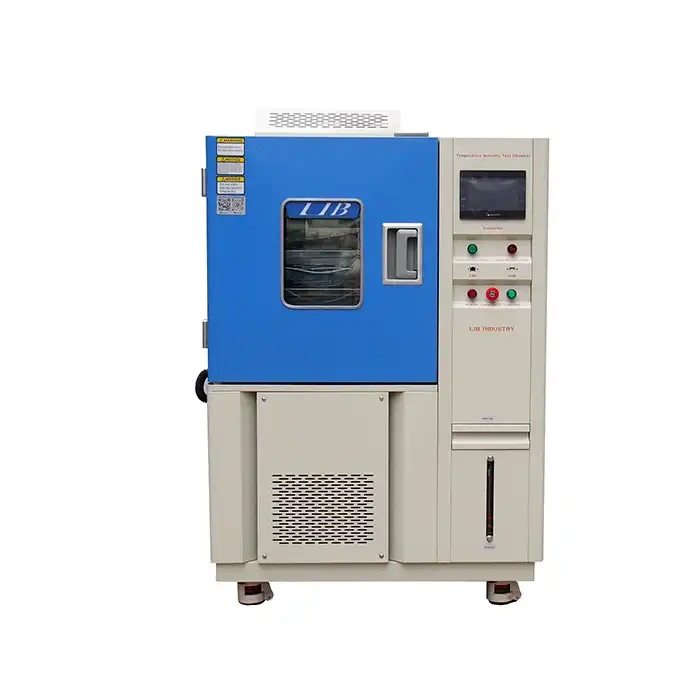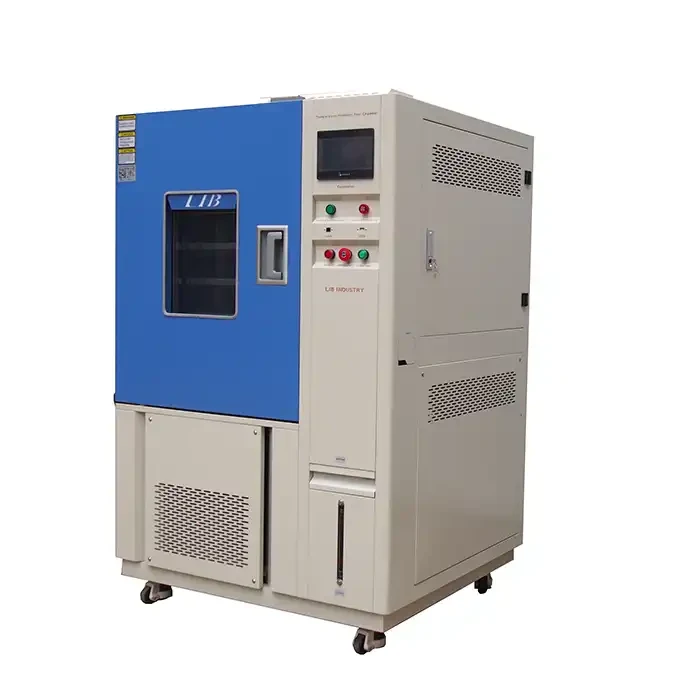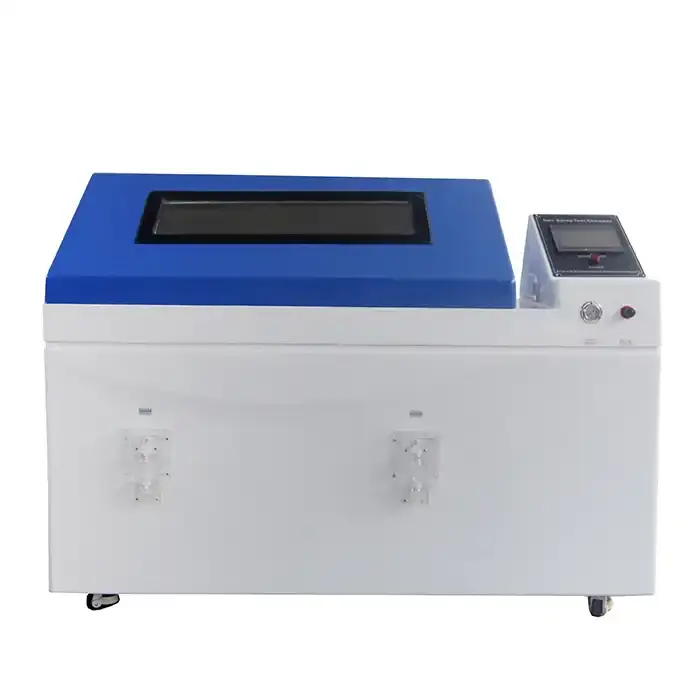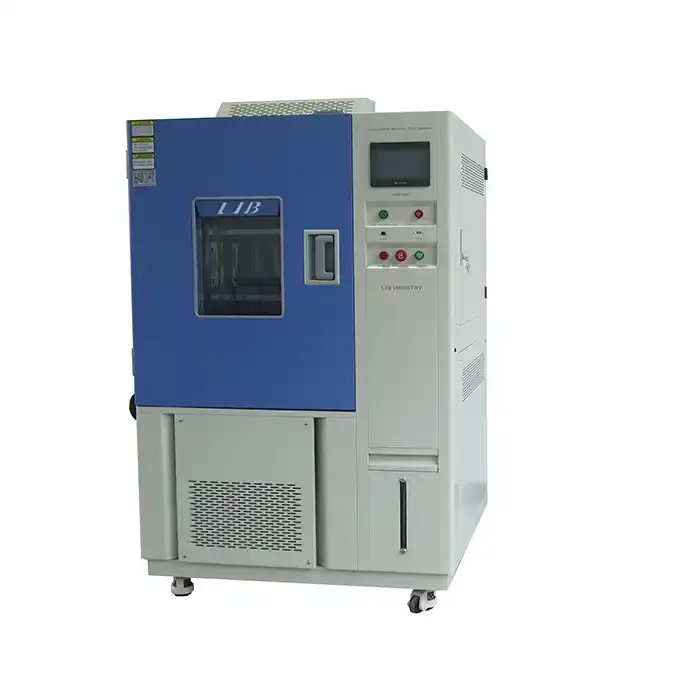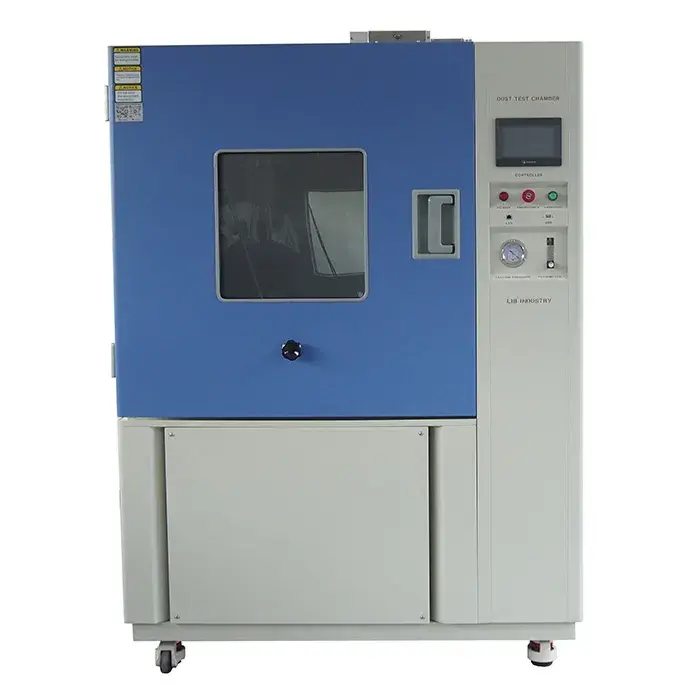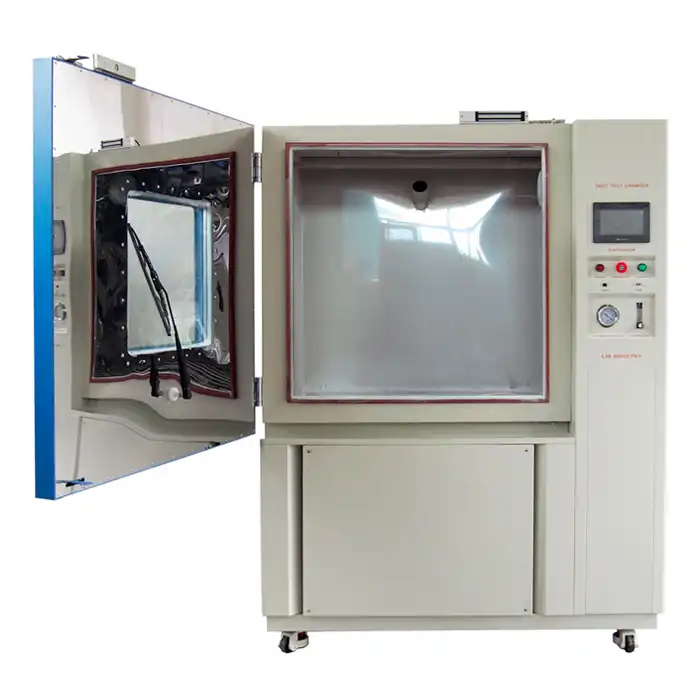What is the standard for dust testing?
Dust testing is a crucial aspect of ensuring the durability and reliability of products in various industries, particularly those exposed to harsh environmental conditions. To achieve accurate and consistent results, specific standards and guidelines have been established. This article delves into the standards for dust testing, highlighting the importance of the blowing sand and dust test chamber and its role in meeting these standards.
Understanding Dust Testing Standards
Dust testing standards are essential for determining how well a product can withstand dusty environments. These standards are set by international organizations to ensure uniformity and reliability in testing procedures. One of the most widely recognized standards is the MIL-STD-810G, which is used by the military to test equipment under various environmental conditions, including dust and sand.
The MIL-STD-810G standard outlines the methodology for conducting dust and sand tests, specifying parameters such as particle size, concentration, and exposure duration. This standard ensures that products can endure and function correctly in dusty environments, making it invaluable for industries like automotive, aerospace, and electronics.
Another important standard is the ISO 20653, which focuses on protection against dust and water ingress. This standard is particularly relevant for automotive and electronic components, ensuring they can withstand exposure to dust without compromising performance. By adhering to these standards, manufacturers can certify the durability and reliability of their products in challenging conditions.
The Role of Blowing Sand and Dust Test Chambers
Blowing sand and dust test chambers are vital tools in the realm of environmental testing, particularly for assessing how products will perform under extreme dusty conditions. These chambers are meticulously designed to replicate the harsh realities of dust storms and sandy environments, providing manufacturers with a controlled environment to evaluate the resilience and functionality of their products.
Simulating Harsh Conditions
The primary role of a blowing sand and dust test chamber is to simulate real-world dusty conditions. This is achieved through the chamber's advanced design, which includes mechanisms to generate and control dust particles. These chambers can replicate a wide range of environments, from mild dust exposure to severe sandstorms, enabling manufacturers to test their products under various scenarios. This simulation is crucial for understanding how products will endure and perform when exposed to such conditions in actual field situations.
Controlling Testing Parameters
Blowing sand and dust test chambers are equipped with sophisticated systems to regulate critical testing parameters such as particle size, concentration, and velocity. By controlling these variables, the blowing sand and dust test chambers ensure that the testing conditions are both precise and repeatable. This level of control is essential for meeting stringent industry standards such as MIL-STD-810G, which outlines the environmental test methods for military equipment, and ISO 20653, which specifies dust protection requirements for electrical equipment. Adhering to these standards helps manufacturers ensure their products are robust and reliable.
Identifying Potential Weaknesses
One of the significant advantages of using a blowing sand and dust test chamber is the ability to simulate prolonged exposure to dust. This extended testing period is crucial for uncovering potential weaknesses in a product's design or construction. By exposing products to dust for extended durations, manufacturers can identify areas where dust ingress might occur, affecting the product's functionality or longevity. This information is invaluable for making design improvements and enhancing the product's overall durability.
Enhancing Product Reliability
Testing products in a blowing sand and dust test chamber provides manufacturers with valuable insights into their performance in adverse conditions. This process helps in identifying vulnerabilities and refining product design to ensure it can withstand harsh environments. The result is a more reliable product that consumers can trust to perform effectively even in the most challenging conditions. This reliability is particularly important for products used in industries such as automotive, aerospace, and military, where performance in extreme environments is critical.
Benefits of Adhering to Dust Testing Standards
Adhering to dust testing standards offers several benefits for manufacturers and consumers alike. Firstly, it ensures product reliability and performance in dusty environments, which is critical for industries like automotive, aerospace, and electronics. By meeting these standards, manufacturers can demonstrate that their products are built to withstand challenging conditions, enhancing their market reputation and customer trust.
Secondly, compliance with dust testing standards helps manufacturers avoid costly product failures and recalls. By identifying and addressing potential issues during the testing phase, companies can prevent defects that could lead to product malfunctions or safety hazards. This proactive approach not only saves costs but also protects the brand's image and customer satisfaction.
Lastly, adherence to dust testing standards facilitates international trade and market access. Products that meet recognized standards are more likely to be accepted in global markets, as they assure buyers of their quality and durability. This opens up new business opportunities and expands the reach of manufacturers, contributing to their growth and success.
Conclusion
Understanding and adhering to dust testing standards is vital for ensuring the reliability and performance of products exposed to dusty environments. The blowing sand and dust test chamber plays a crucial role in meeting these standards, providing manufacturers with the tools needed to simulate real-world conditions and enhance their products. By following established guidelines, manufacturers can deliver high-quality, durable products that meet the expectations of consumers and thrive in the global market.
For more information on blowing sand and dust test chambers or to discuss your specific testing needs, feel free to contact us at info@libtestchamber.com. We are here to provide comprehensive solutions tailored to your requirements, ensuring your products are ready to face the toughest conditions.
References
1. U.S. Department of Defense. (2008). MIL-STD-810G.
2. International Organization for Standardization (ISO). (2013). ISO 20653:2013.
3. ASTM International. (2020). ASTM D4326.
4. International Electrotechnical Commission (IEC). (1989). IEC 60529.
5. International Organization for Standardization (ISO). (2016). ISO 12103-1.
6. U.S. Department of Defense. (2000). MIL-STD-810F.
7. SAE International. (2021). Automotive Environmental Test Standards.
8. Zhang, X., & Zhang, L. (2019). Dust Testing Methods and Standards. Journal of Environmental Testing, 15(4), 123-135.
9. Miller, J. (2020). The Role of Environmental Chambers. Reliability Engineering and System Safety, 198, 105-118.
10. Smith, R. (2022). Guidelines for Performing Environmental Testing. Environmental Testing and Reliability, 12(2), 55-67.



